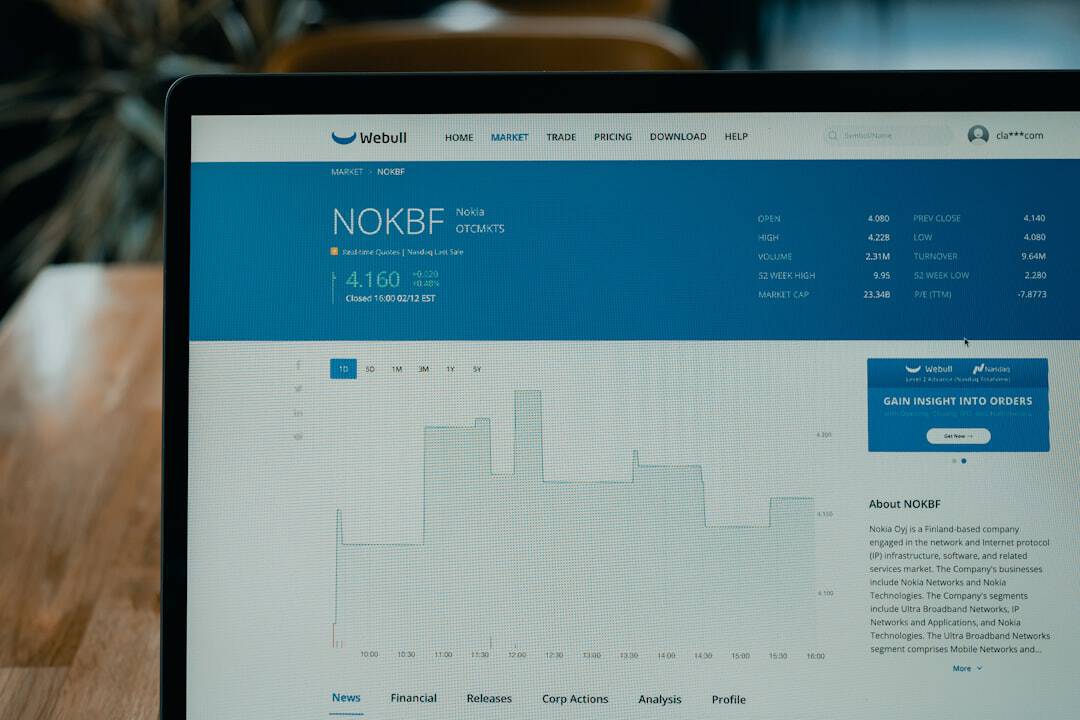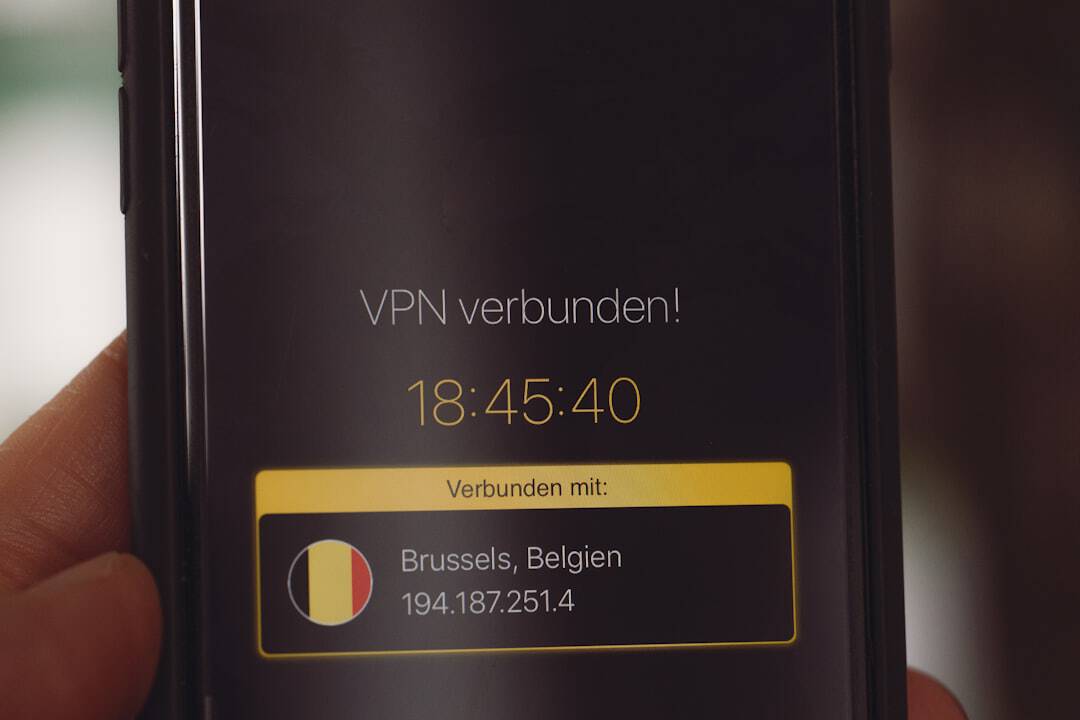Zero Trust Network Access (ZTNA) is a security framework that has gained prominence in cybersecurity. Unlike traditional security models that assume internal network traffic is trustworthy, ZTNA operates on the principle of “never trust, always verify.” This approach requires continuous authentication and authorization for all users and devices, regardless of their location or network connection. ZTNA employs various technologies to enforce its security model, including:
1.
Identity and Access Management (IAM)
2. Multi-Factor Authentication (MFA)
3. Encryption
4.
Micro-segmentation
These technologies work together to ensure that only authorized users and devices can access specific resources. By implementing ZTNA, organizations can:
1. Minimize the risk of unauthorized access
2.
Reduce the attack surface
3. Enhance protection of sensitive data and resources
4. Improve security in remote work environments
5.
Enforce strict access policies
6. Prevent unauthorized access and data breaches
ZTNA provides organizations with greater control over resource access and enables them to maintain a robust security posture in the face of evolving cyber threats and changing work environments.
Key Takeaways
- Zero Trust Network Access (ZTNA) is a security model that eliminates the idea of trust based on location and assumes that every access attempt is a potential threat.
- Implementing Zero Trust principles for internet security involves verifying the identity of users and devices, and granting access based on specific policies and risk assessments.
- Securing internet access with Zero Trust architecture involves using micro-segmentation, encryption, and continuous monitoring to protect against unauthorized access and data breaches.
- Best practices for ZTNA in internet security include implementing multi-factor authentication, least privilege access, and regular security audits and updates.
- Zero Trust Network Access differs from traditional network security by focusing on continuous verification and strict access controls, rather than perimeter-based security measures.
- Overcoming challenges in implementing ZTNA for internet security requires careful planning, user education, and collaboration between IT and security teams.
- Future trends in internet security with Zero Trust Network Access include the integration of artificial intelligence and machine learning for advanced threat detection and response.
Implementing Zero Trust Principles for Internet Security
Implementing Zero Trust principles for internet security involves a comprehensive approach to securing access to resources and data. One of the key principles of ZTNA is the concept of least privilege, which means that users are only granted access to the resources they need to perform their job functions. This principle helps to minimize the risk of unauthorized access and reduces the potential impact of a security breach.
Another important principle of ZTNA is continuous authentication, which involves verifying the identity of users and devices at regular intervals to ensure that access privileges are still valid. Organizations can implement ZTNA by leveraging technologies such as software-defined perimeters (SDP) and secure web gateways (SWG) to create a secure access environment. SDP allows organizations to create a “black box” around their resources, making them invisible to unauthorized users and devices.
SWG, on the other hand, provides secure access to the internet by inspecting all traffic for potential threats and enforcing security policies. By combining these technologies with strong authentication mechanisms, organizations can create a robust ZTNA framework that protects their resources from unauthorized access and cyber threats.
Securing Internet Access with Zero Trust Architecture

Securing internet access with Zero Trust architecture involves implementing a comprehensive security framework that protects against a wide range of cyber threats. One of the key components of ZTNA is the use of strong authentication mechanisms such as biometric authentication, smart cards, and one-time passwords to verify the identity of users and devices. These authentication mechanisms help to ensure that only authorized users and devices can access resources, reducing the risk of unauthorized access.
In addition to strong authentication, organizations can also use encryption to protect data as it travels over the internet. By encrypting data in transit, organizations can prevent unauthorized users from intercepting and accessing sensitive information. Furthermore, organizations can implement micro-segmentation to create isolated network segments for different types of traffic, further reducing the attack surface and minimizing the impact of a potential security breach.
By combining these security measures with continuous monitoring and threat detection capabilities, organizations can create a robust Zero Trust architecture that protects their internet access from a wide range of cyber threats.
Zero Trust Network Access Best Practices for Internet Security
| Best Practices | Description |
|---|---|
| Implement Multi-Factor Authentication (MFA) | Require multiple forms of verification for user access. |
| Use Identity and Access Management (IAM) | Manage user identities and their access privileges. |
| Segment Network Access | Restrict access based on user roles and permissions. |
| Encrypt Data in Transit and at Rest | Protect data from unauthorized access. |
| Continuous Monitoring and Auditing | Regularly review access logs and user activities. |
When it comes to implementing Zero Trust Network Access for internet security, there are several best practices that organizations should follow to ensure the effectiveness of their security framework. One best practice is to implement strong authentication mechanisms such as multi-factor authentication (MFA) and biometric authentication to verify the identity of users and devices. By using multiple factors to authenticate users, organizations can significantly reduce the risk of unauthorized access.
Another best practice is to implement strict access control policies that enforce the principle of least privilege. By granting users access only to the resources they need to perform their job functions, organizations can minimize the risk of unauthorized access and reduce the potential impact of a security breach. Additionally, organizations should regularly monitor and audit access to resources to ensure that only authorized users are accessing sensitive data and resources.
By following these best practices, organizations can create a robust ZTNA framework that effectively secures their internet access from a wide range of cyber threats.
Zero Trust Network Access represents a significant departure from traditional network security models, which operate on the assumption that everything inside the network is trustworthy. In contrast, ZTNA operates on the principle of “never trust, always verify,” meaning that no user or device is trusted by default, and every access request is thoroughly verified before granting access to resources. This approach minimizes the risk of unauthorized access and reduces the attack surface, making it an effective strategy for securing internet access.
Traditional network security models rely heavily on perimeter-based defenses such as firewalls and intrusion detection systems to protect against external threats. However, these defenses are no longer sufficient in today’s environment, where remote work and cloud-based resources have blurred the boundaries of the traditional network perimeter. ZTNA, on the other hand, focuses on securing access to resources regardless of their location, making it well-suited for today’s distributed and dynamic network environments.
By implementing ZTNA, organizations can ensure that their sensitive data and resources are protected from unauthorized access, even in a remote work environment.
Overcoming Challenges in Implementing Zero Trust Network Access for Internet Security
While Zero Trust Network Access offers significant benefits for internet security, there are also challenges associated with implementing this security framework. One challenge is the complexity of implementing ZTNA across diverse network environments, including on-premises, cloud-based, and remote work environments. Organizations must carefully plan and design their ZTNA framework to ensure that it effectively secures access to all resources regardless of their location.
Another challenge is user resistance to strong authentication mechanisms such as multi-factor authentication (MFA) and biometric authentication. Users may find these authentication methods cumbersome or time-consuming, leading to resistance and potential non-compliance with security policies. Organizations must carefully consider user experience when implementing strong authentication mechanisms to ensure that they are both secure and user-friendly.
Additionally, organizations may face challenges in integrating ZTNA with existing security infrastructure and tools. It is important to carefully assess existing security controls and determine how they can be integrated into a ZTNA framework to ensure comprehensive protection against cyber threats. By addressing these challenges through careful planning, user education, and strategic integration with existing security infrastructure, organizations can successfully implement ZTNA for internet security.
Future Trends in Internet Security with Zero Trust Network Access

Looking ahead, Zero Trust Network Access is expected to play a crucial role in shaping the future of internet security. As organizations continue to embrace remote work and cloud-based resources, the boundaries of traditional network perimeters will continue to blur, making it increasingly important to secure access to resources regardless of their location. ZTNA provides a flexible and dynamic approach to securing internet access, making it well-suited for today’s distributed network environments.
One future trend in internet security with ZTNA is the integration of artificial intelligence (AI) and machine learning (ML) capabilities for threat detection and response. By leveraging AI and ML technologies, organizations can enhance their ability to detect and respond to cyber threats in real-time, further strengthening their ZTNA framework. Additionally, advancements in encryption technologies and secure access protocols will continue to improve the security posture of ZTNA, making it even more effective at protecting sensitive data and resources.
Furthermore, as ZTNA continues to gain traction in the world of internet security, we can expect to see increased standardization and interoperability among ZTNA solutions from different vendors. This will make it easier for organizations to implement ZTNA across diverse network environments and ensure consistent security policies and controls. Overall, Zero Trust Network Access represents a significant shift in how organizations approach internet security, and its future looks promising as it continues to evolve to meet the changing needs of modern network environments.
If you’re interested in learning more about the impact of the metaverse on different industries, you should check out this article on entertainment and media in the metaverse. It explores how the metaverse is changing the way we consume entertainment and media, and the potential opportunities it presents for these industries.
FAQs
What is Zero Trust Internet Access (ZTIA)?
Zero Trust Internet Access (ZTIA) is a security model that eliminates the concept of trust based on network location. It assumes that every access request, regardless of where it comes from, is a potential security risk and must be verified and authenticated before granting access.
How does Zero Trust Internet Access work?
ZTIA works by implementing strict access controls and continuous verification of users and devices. It uses a combination of identity verification, device posture assessment, and real-time threat intelligence to ensure that only authorized and secure connections are allowed.
What are the benefits of Zero Trust Internet Access?
Some of the benefits of ZTIA include improved security posture, reduced risk of data breaches, better visibility and control over network traffic, and the ability to enforce consistent security policies across all users and devices.
What are the key components of Zero Trust Internet Access?
The key components of ZTIA include identity and access management (IAM) solutions, multi-factor authentication (MFA), network segmentation, continuous monitoring and analytics, and secure web gateways.
How does Zero Trust Internet Access differ from traditional security models?
Traditional security models typically rely on perimeter-based defenses and assume that internal network traffic is trusted. ZTIA, on the other hand, operates on the principle of “never trust, always verify” and treats all access requests as potential security risks, regardless of their origin.
Is Zero Trust Internet Access suitable for all organizations?
ZTIA can be beneficial for organizations of all sizes and industries, especially those that prioritize security and need to protect sensitive data and resources from unauthorized access. However, the implementation of ZTIA may require significant changes to existing network infrastructure and security policies.











Leave a Reply